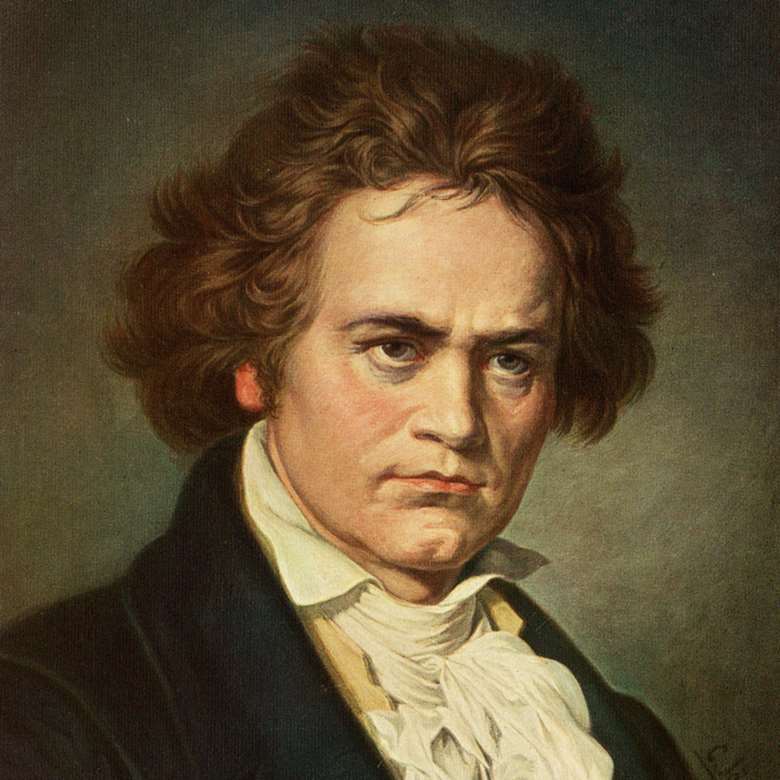After Beethoven's Ninth Symphony, what next?
James Jolly
Monday, July 25, 2016
If you love Beethoven's Choral Symphony, try exploring these new musical avenues...

Register now to continue reading
Thanks for exploring the Gramophone website. Sign up for a free account today to enjoy the following benefits:
- Free access to 3 subscriber-only articles per month
- Unlimited access to our news, podcasts and awards pages
- Free weekly email newsletter







